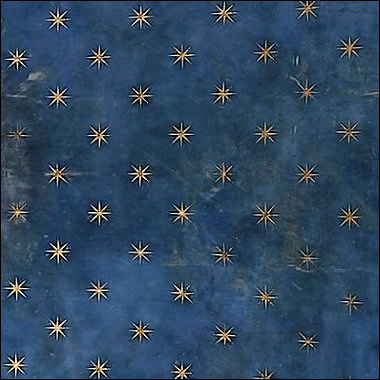The 2015 Expo is hosting twenty-six major exhibitions, to represent art in all its aspects: from geniuses such as Leonardo and Giotto to photography artworks by David Bailey and Edward Burtynsky Watermark, plus architecture and science. The showcases will be housed in the city’s museums and other exhibition venues, and will be welcoming visitors until January 2016. A journey that will of course also host exhibits on food as this is the main theme of this Expo. Here is just a little selection for you:
EXHIBITION GIOTTO
Where: Palazzo Ducale, Milan
When: September 2, 2015 by al January 10, 2016
Opening times : Monday: 2:30 PM to 7:30 PM; Tuesday, Wednesday, Friday and Sunday from 9:30 to 7:30PM; Thursday and Saturday: 9:30 to 10:30 PM
This exhibition at the Palazzo Ducale intends to pay tribute to one of the greatest painters in the history of Italian art, and by many considered the father of modern painting.
The Florentine artist created a bridge between the two-dimensionality of his era and the Renaissance painting with the creation of space, body mass and the physiognomic characterization of his characters.
This exhibition allows us to see all the different stages of his painting. They evolved during his stays in Rome, Assisi, Bologna, Florence, Rimini, Padua and, last Milan, where Giotto travelled to Milan shortly before his death, called by Azzone Visconti to paint a part of the Palazzo Ducale.
EXHIBITION LEONARDO
Where : Palazzo Ducale in Milan
When : from April 15 to July 19, 2015
Opening times : Monday: 2:30 AM to 7:30 PM; Tuesday, Wednesday, Friday and Sunday from 9:30 AM to 7:30 PM; Thursday and Saturday: 9:30 AM to 10:30 PM
Leonardo da Vinci created some of his most famous works during his stay at the court of the Lombard Ludovico il Moro, which lasted from 1482 until 1499 .
This exhibition traces back the exceptional nature of life and the immense talent of this artist, who was able to excel in the fields of drawing, painting, sculpting, engineering and science and integrate them all in his works.
It is also enriched by over 100 drawings signed by the Tuscan master, some historical models of machines of his own invention.
EXHIBITION “FOOD. SCIENCE FROM SEED TO PLATE”
Where : Natural History Museum of Milan
When : from 28 November 2014 and June 28, 2015
Opening times: Monday: 9:30 AM to 1:30 PM; Tuesday, Wednesday, Friday, Saturday and Sunday from 9:30 to 7:30 PM; Thursday: 9:30 AM to 10:30PM
This one is an invitation to get to know, in an interactive manner, a fundamental issue that affects our everyday life and has been picked as the central motive of Expo 2015.
It is divided into thematic sections, the first of which is dedicated to the seeds, and the role that they have played in the history of civilization.
After discovering how the migration of people have caused the spread of some particular foods, you can see some spontaneous or induced genetic changes: did you know that back in the 18th Century in Europe, the orange carrot was made prevail on the purple one in honor of the reigning dynasty of Orange?
Another interesting section is dedicated to the senses, and how they are invested in allowing us to live our experience with food. Then you have Science in the Kitchen, which explains what chemical changes occur during the cooking of food and explores some technological inventions, such as the refrigerator, the pressure cooker, and the microwave oven and how they have revolutionized the history of conservation and consumption of food.
EXHIBITION NATURE, MYTH AND LANDSCAPE FROM MAGNA GREECE TO POMPEII
Where : Palazzo Ducale in Milan
When : July 21, 2015 by al January 10, 2016
Opening times : Monday: 2:30 to 7:30PM; Tuesday, Wednesday, Friday and Sunday from 9:30 to 7:30PM; Thursday and Saturday: 9:30 to 10:30 PM
The exhibit shows the often happy, often tribulated relationship between man and the environment, and aims to explain to the public how the representation of the landscape in the classical world has evolved.
International museums such as the Louvre and the British Museum have lent their masterpieces, to give life to an extraordinary repertoire of bucolic images, filled with flowers, landscapes, mythological characters, seascapes, forests and animals.
This I find to be a very – if not the most important – exhibition of the Expo. It is invitation for all of us to work for a more balanced relationship with nature, the environment and its resources. How can we benefit from it in a sensible manner? How can we develop the knowledge on how and where to stop before this relationship becomes unilateral and turns into exploitation? These are some basic questions that each one, as an individual, needs to ask and put to practice in our daily life, as a small step to a better quality of life for everybody, not just us, but also all the other living beings inhabiting this planet.
Nicoletta Lucia Paganucci





